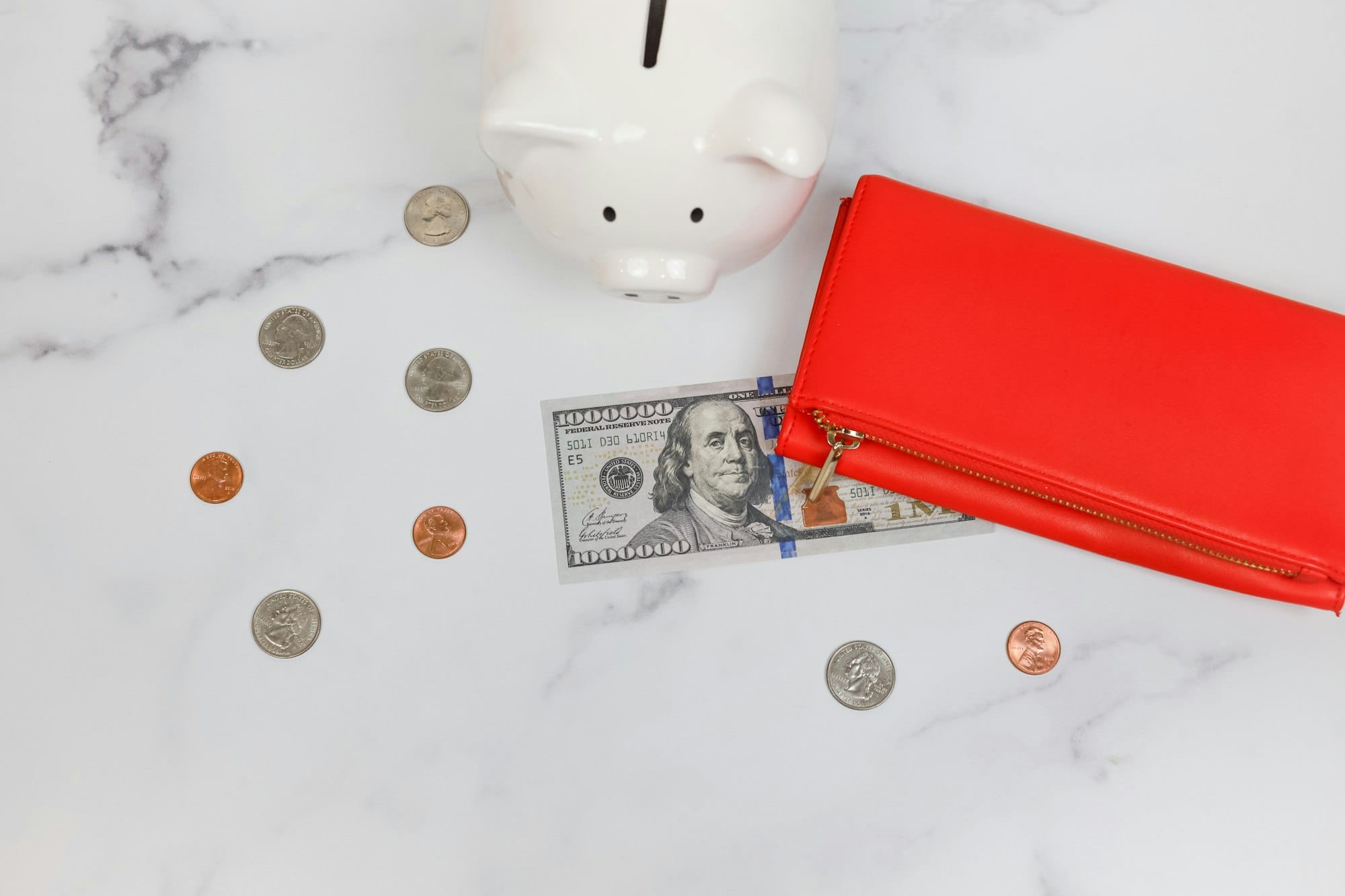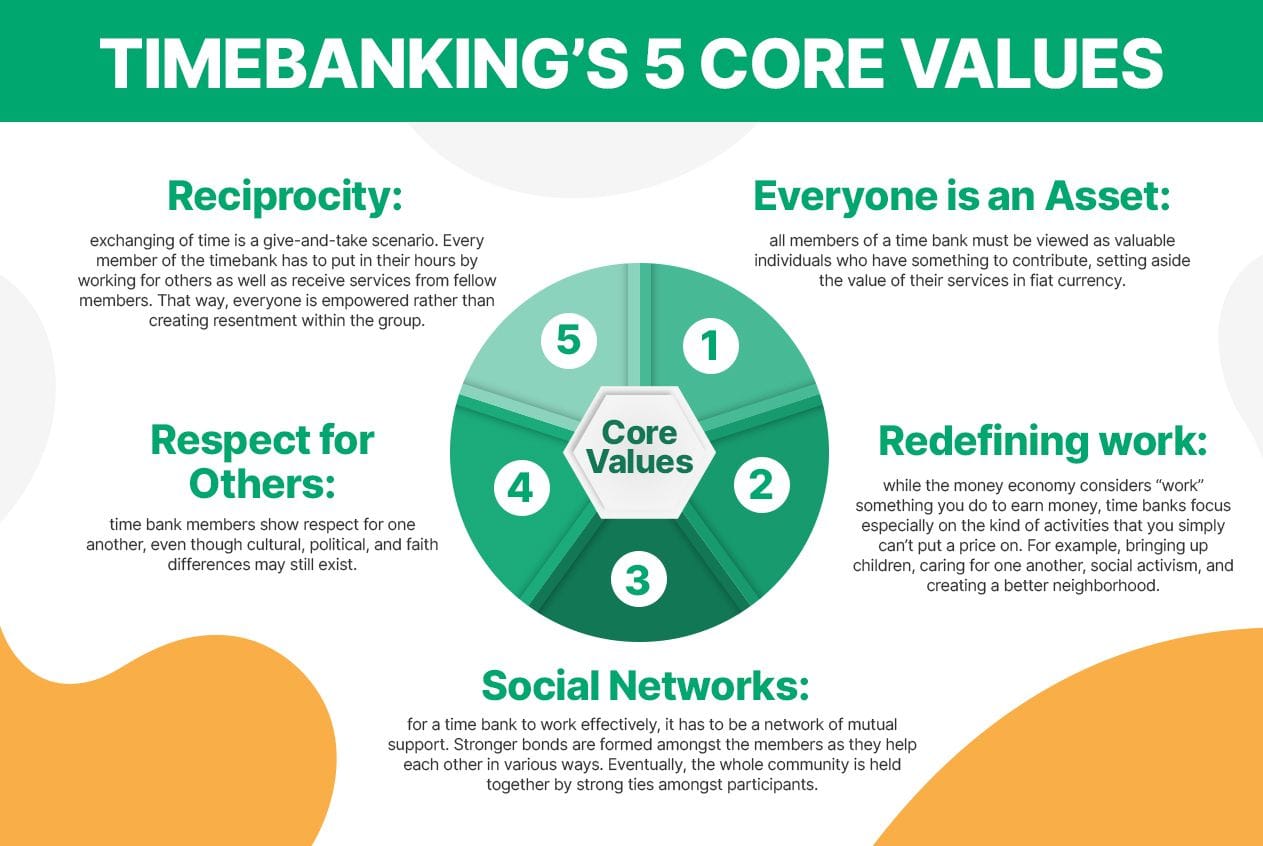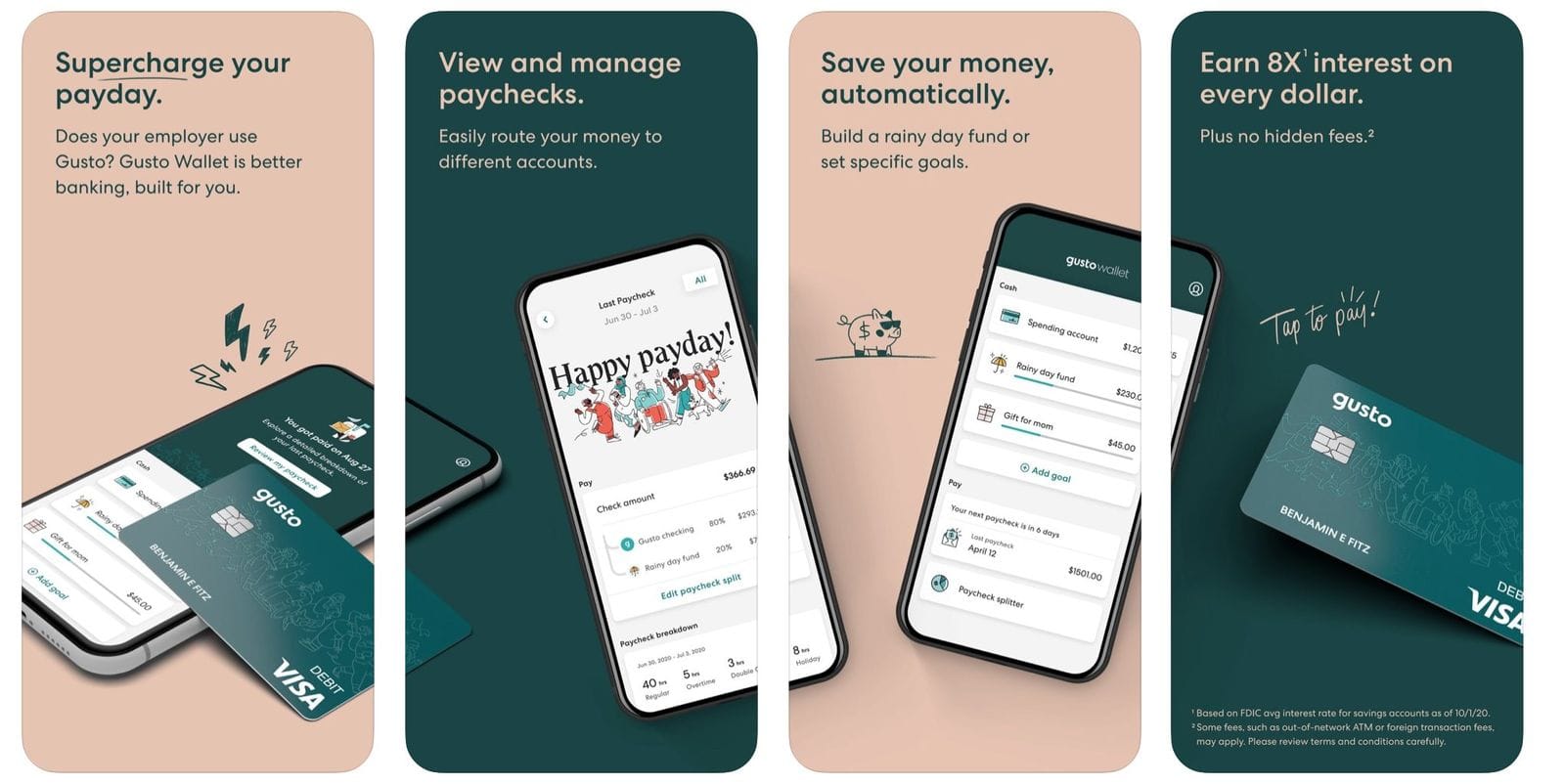🌱🐰💰 Giving In Tough Times
The US economy shrunk for the second quarter in a row in July, drawing widespread worry about the possibility of a recession. This edition highlights the options for continued philanthropy during financially difficult periods.

The Good, the Bunny and the Money is our monthly take on the latest impactful success stories from across the U.S. and around the World.
'🌱 The Good' looks at nonprofits leading the way in impactful change;
'💰 The Money' takes a dive into the private-sector champions driving financial inclusion & economic development; and
'🐰 The Bunny' showcases the most promising collaborations between nonprofits and businesses working hand in hand for the People and the Planet.
Data from the end of July shows that the US economy shrunk for the second quarter in a row, drawing widespread worry about economic growth and the possibility of a recession. Alongside this economic contraction, prices for groceries, petrol, and other basic goods (i.e., inflation) are rising at the fastest pace since 1981, which has led to the US central bank raising the cost of borrowing to try and ease price pressures. This ultimately means that individuals have less disposable income typically used for charitable giving.
This edition highlights the options and great initiatives supporting continued philanthropy during financially difficult periods.
🌱 The Good: Using time as a token for volunteering
What is it? Valuing somebody's time, also known as Time banking, is rooted in the notion that the money economy is just one aspect of producing goods and services. Another invisible economy also plays a central role in our daily lives. This is the economy of home, family, neighborhood, and community.
How does it work? People who are active in a time bank earn credits through hours of community work and then spend those credits in return for services from other community members. This process stimulates neighbor-to-neighbor acts of kindness. One hour equals one credit—regardless of the service you give. No money is exchanged, only time.
The Outcome: If properly supported, a time bank stimulates a community-wide cycle of action, learning, gathering, projects, initiatives, and rewards that enlists people’s untapped capacity to extend trust, build mutual support, reduce social isolation, and advance shared purpose - all without a reliance on financial capital.

🐰 The Bunny: Supporting strong donor relations
The situation: A study of high-net-worth American donors revealed that the No. 1 reason donors stopped giving to a particular charity was “no longer feeling connected to the organization.” This conclusion is especially true during difficult economic times as donors’ confidence in non-profit organizations must constantly be reinforced.
Tools to support nonprofits: CharityEngine is a customer relationship management platform that allows charitable organizations to enrich relationships, raise more money and broaden their impact. CharityEngine provides non-profits with the tools to maintain strong donor connections - especially valuable during difficult periods by housing all donor data and providing an intuitive data analytics and communication system.
Supporting financial well-being: Another way to maintain strong relations with donors is to support financial well-being - especially true for corporate donors whose employees may be experiencing heightened levels of financial stress. A great company doing exactly this is Gusto. Gusto’s smart paycheck management platform, the Gusto Wallet App, puts employees in control of their money by making it simple to manage their paychecks, save money and build healthy spending habits.

💰 The Money: Powering Micro-donations
What are micro-donations? They are contributions between $0.25 and $25 which can provide a viable revenue model for philanthropic initiatives - just ask Macy’s, who in 2017 clocked in $59 million, and Domino’s raised $1.5million through their “round-up efforts” when consumers were purchasing products.
The issue: Many nonprofits cannot make micro-donation programs sustainable and consistent. The primary reason is that small donations usually come from impulse donors. And turning these initial donations into repeat donors is a challenge. With limited time and resources, many non-profits don’t believe targeting micro-donations is a viable long-term strategy and instead focus on major donors. After all, if a major donor can give you $100 in one go, you will need a series of micro-donors to get to the same amount.
A solution? Pledge provides innovative fundraising technology and gives nonprofits modern, seamless, secure products to support a viable, long-term micro-donation strategy. A great example of these products include the Livestream Fundraising system (which allows any live stream of video event to be turned into a fundraiser) or the Text-to-Donate platform that makes mobile giving easy through a simple text number which outperforms donation links by 5x.

🥕 What else we’re munching:
- Boeing announces $ 2 million commitment to assist with the on-the-ground disaster recovery and relief efforts in Florida following the devastation of Hurricane Ian.
- A 10-year, $50 million initiative to transform food systems in the United States has been launched by Growing Justice: The Fund for Equitable Good Food Procurement.
- At least 42 million people in the US live without an internet connection. This digital poverty won’t be overcome by Federal Funding alone, philanthropic support will be key.
- The Ford Foundation has committed $80 million over the next 5 years to support nonprofit organisations fighting against authoritarian regimes.
Image Credits: Cover Photo by Katie Harp via Unsplash; nomos; coverageR; Philanthropy Roundtable.

